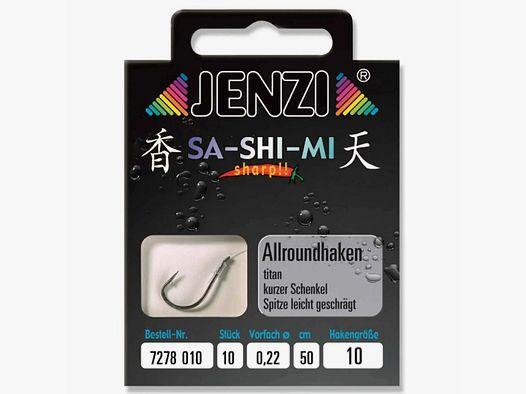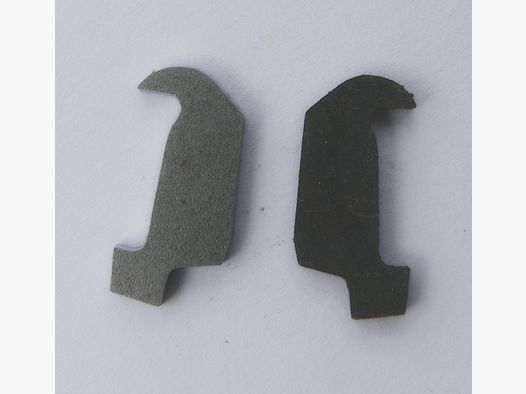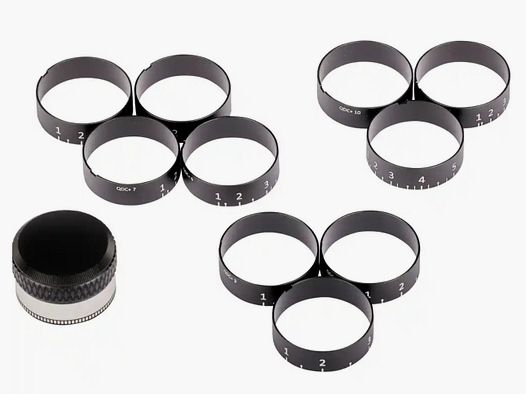An essential part of fishing is the ability to safely and effectively remove the hook. Whether you are a beginner or an experienced angler, the right hook removal can make the difference between a successful catch and a frustrating experience. In this article, we will delve into various aspects of hook removal, from the basics to advanced techniques and the best tools for the job.
The Basics of Hook Removal
Before we tackle advanced techniques, it is important to understand the basics of hook removal. Here are some fundamental steps that every angler should know:
Stay Calm: One of the most important aspects of hook removal is staying calm. Panic can lead to hasty actions that can worsen the situation. Take a deep breath and remain calm to make clear decisions.
The Right Equipment: Ensure that you have the right equipment for hook removal. This includes pliers, hook removers, and gloves. The choice of the right tool often depends on the type of hook and the species of fish.
Tighten the Line: Before attempting to remove the hook, slightly tighten the fishing line to increase resistance. This positions the hook in a way that makes removal easier.
Pay Attention to Hook Direction: Be aware of the direction the hook is pointing before trying to remove it. Sometimes it is easier to turn the hook in the same direction it entered.
Advanced Hook Removal Techniques
The Pressure Point: This technique requires precision. Gently press the hook into the skin to create a small opening. Then carefully turn the hook in the opposite direction to remove it.
The Twisting Motion: A commonly used technique involves removing the hook with a twisting motion. Keep the fishing line taut while gently twisting the hook in the opposite direction.
Using Pliers: A good fishing forceps or pliers can make hook removal easier. Grip the hook's head with the pliers and carefully twist it out.
The Best Hook Removal Tools
Hook Removal Pliers: These specialized pliers are designed to securely grip and twist out the hook. They come in various sizes and can be carried in a pocket or on a belt.
Hook Remover with Handle: A hook remover with a comfortable handle can make hook removal easier. It provides a better grip and allows for more precise movements.
Fishing Forceps: A fine fishing forceps is particularly well-suited for smaller hooks. It allows for precise handling and minimizes the risk of injury.
Overall, the ability to safely remove a hook is crucial for an enjoyable and safe day of fishing. By understanding the basics of hook removal and mastering advanced techniques, anglers can not only minimize their own injuries but also increase the survival rate of the caught fish. With the right tools and techniques, hook removal becomes a routine, efficient task that enhances the fishing experience and respects the relationship between humans and nature.























